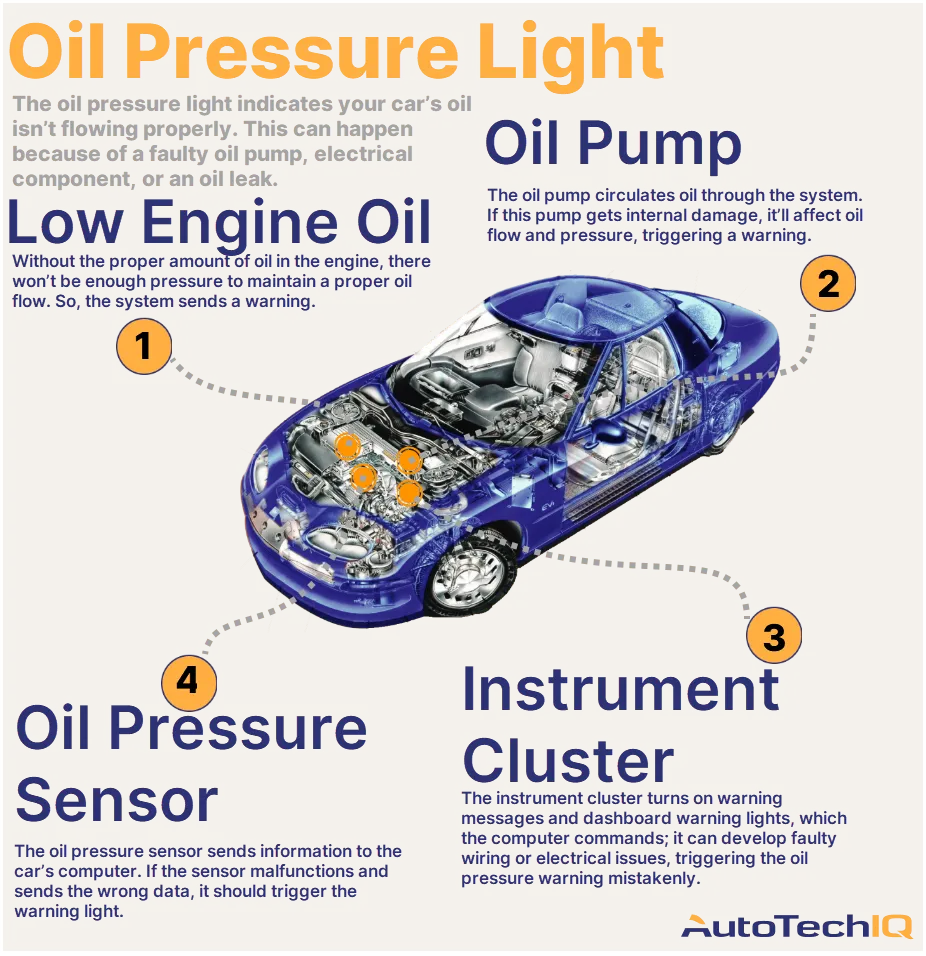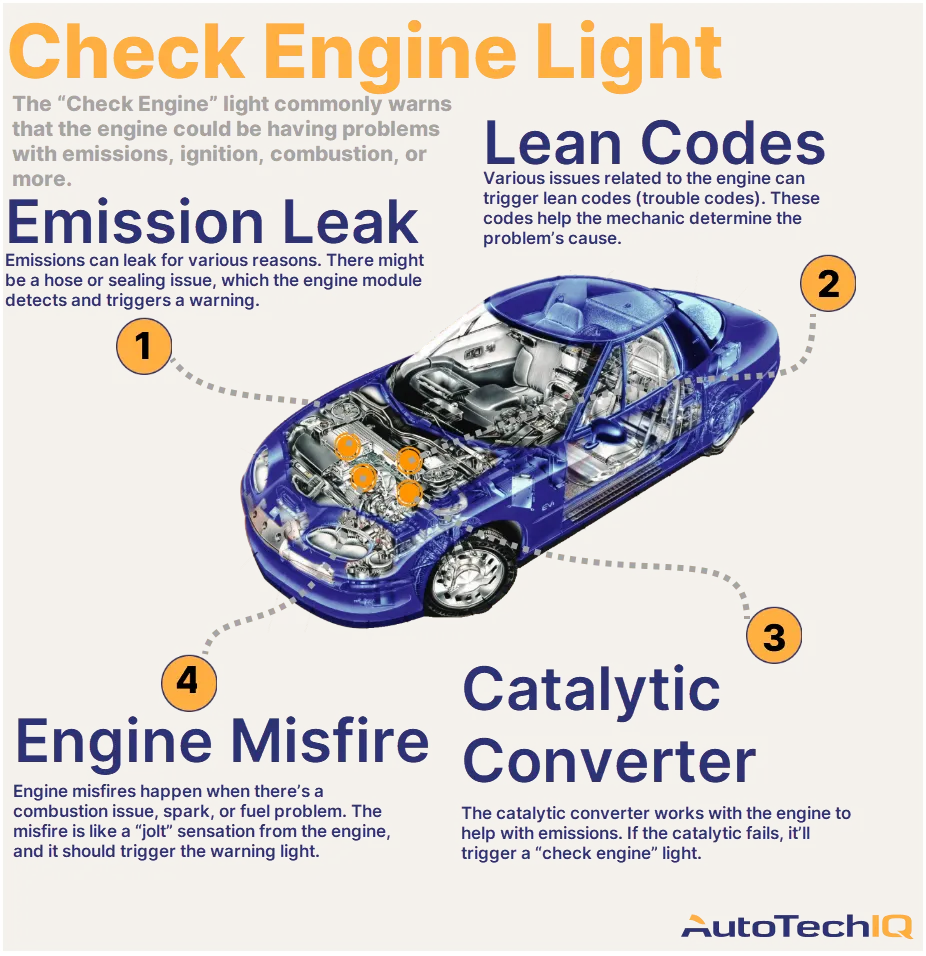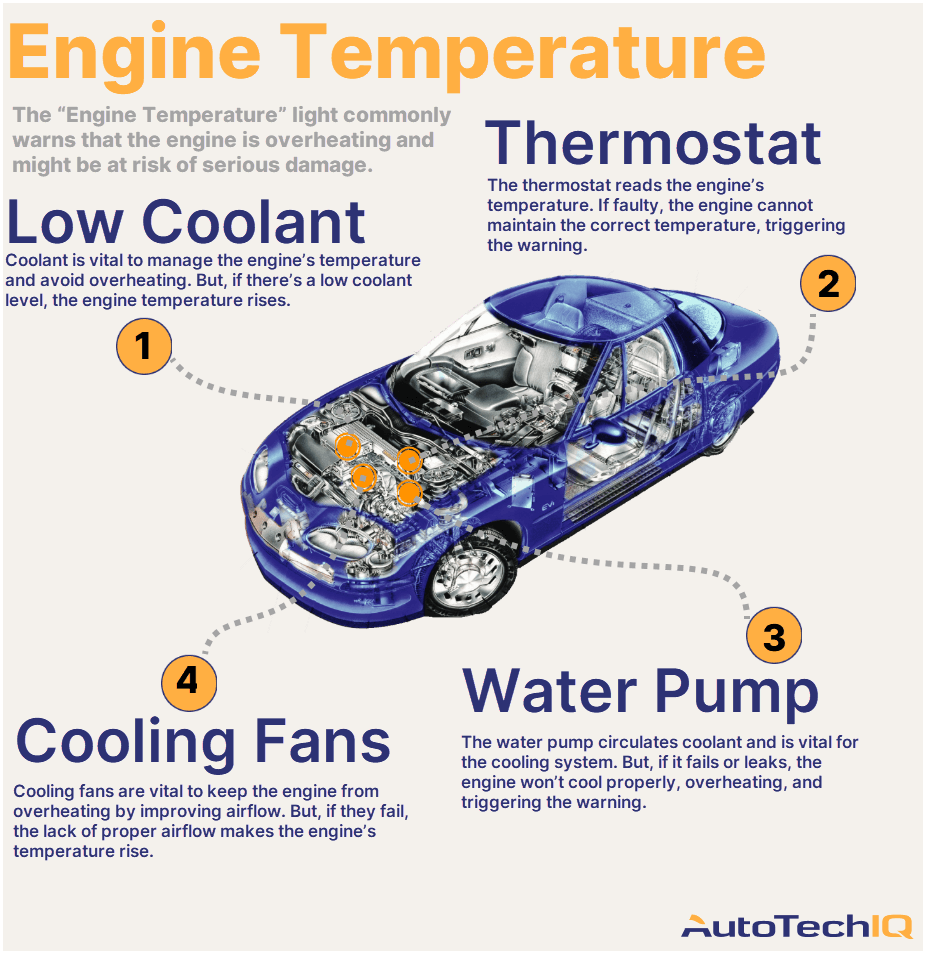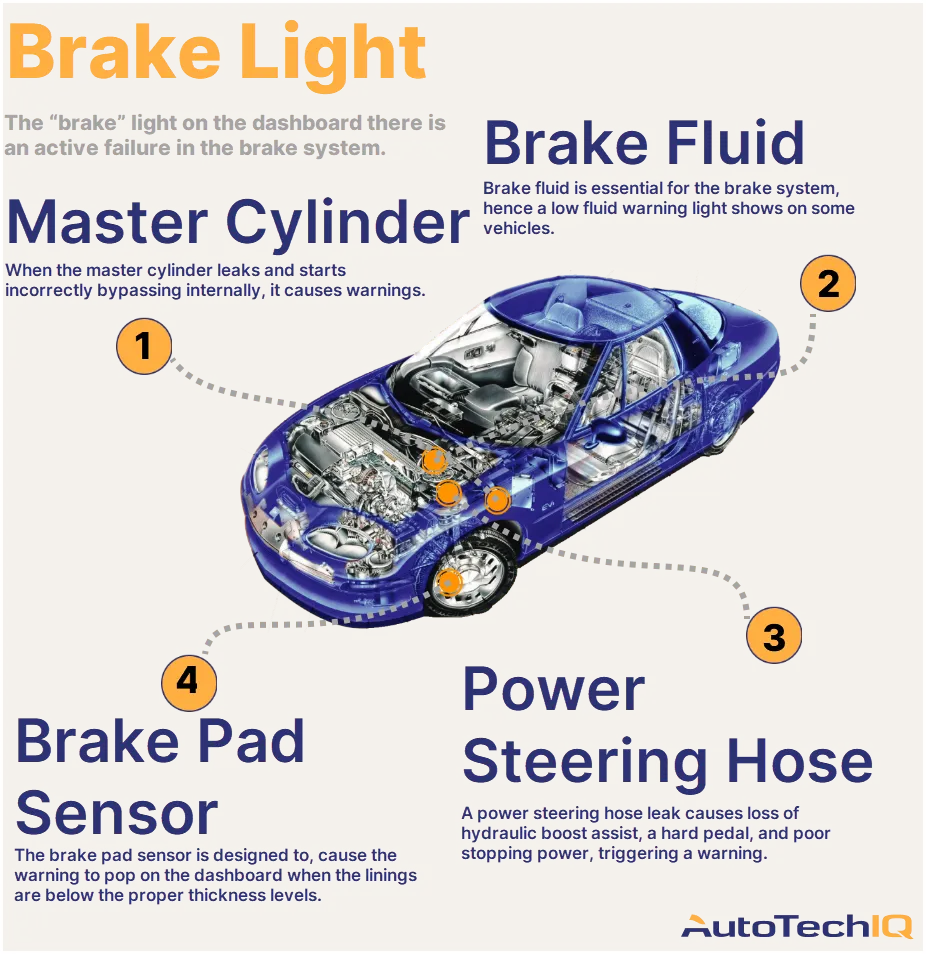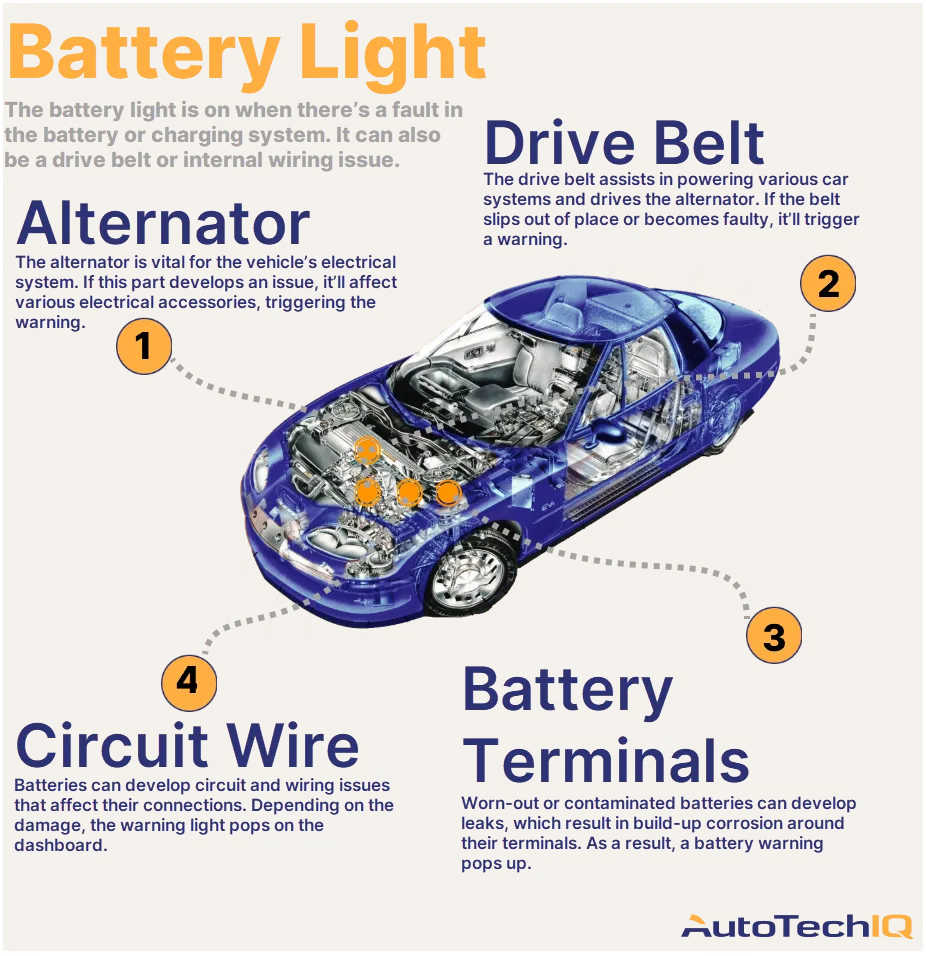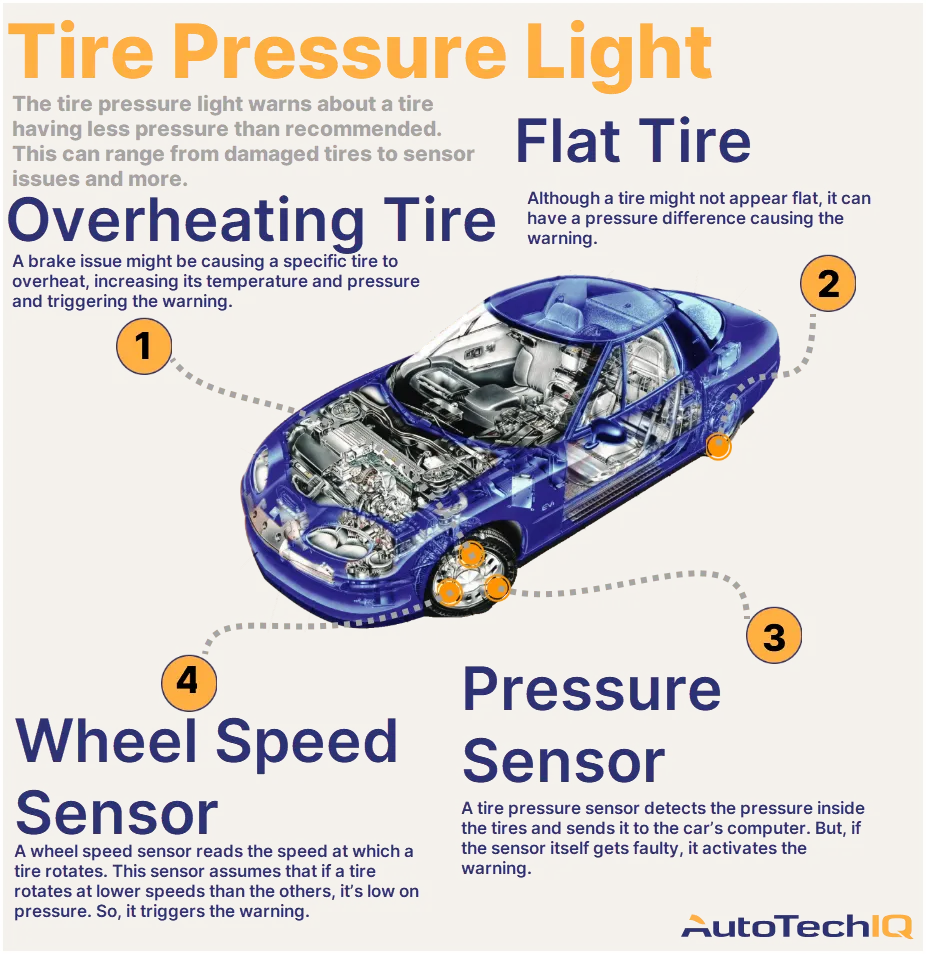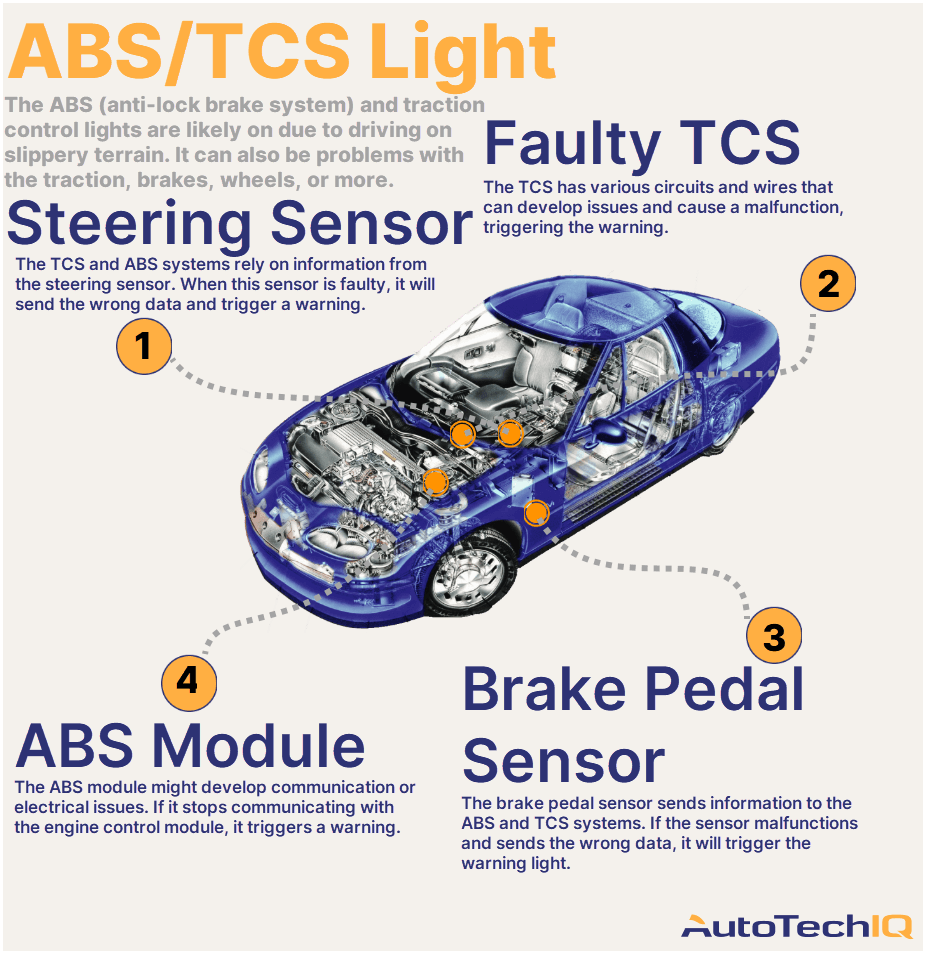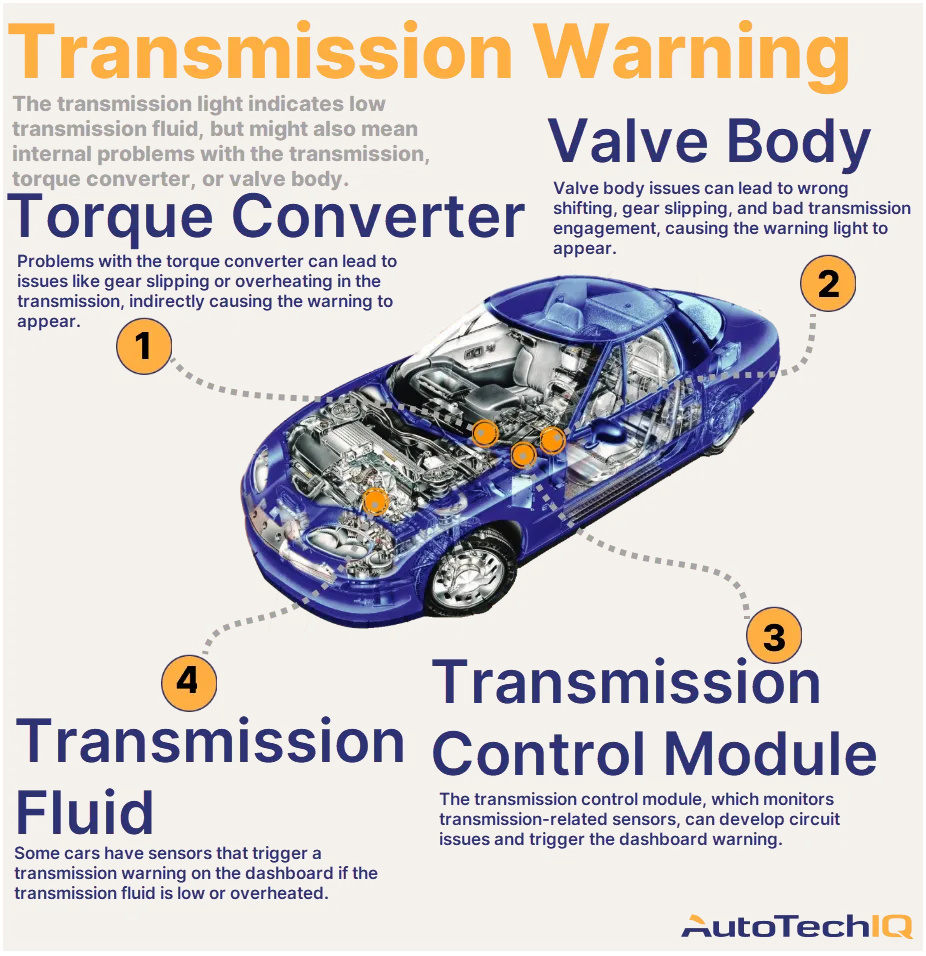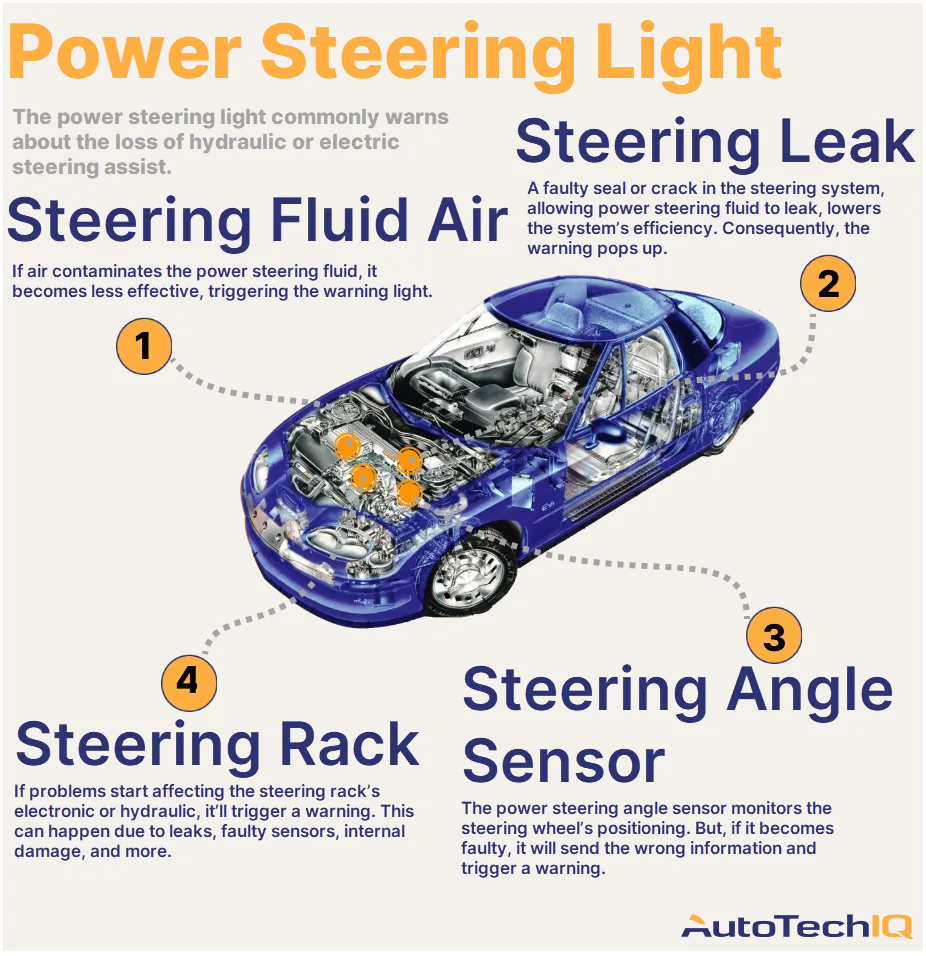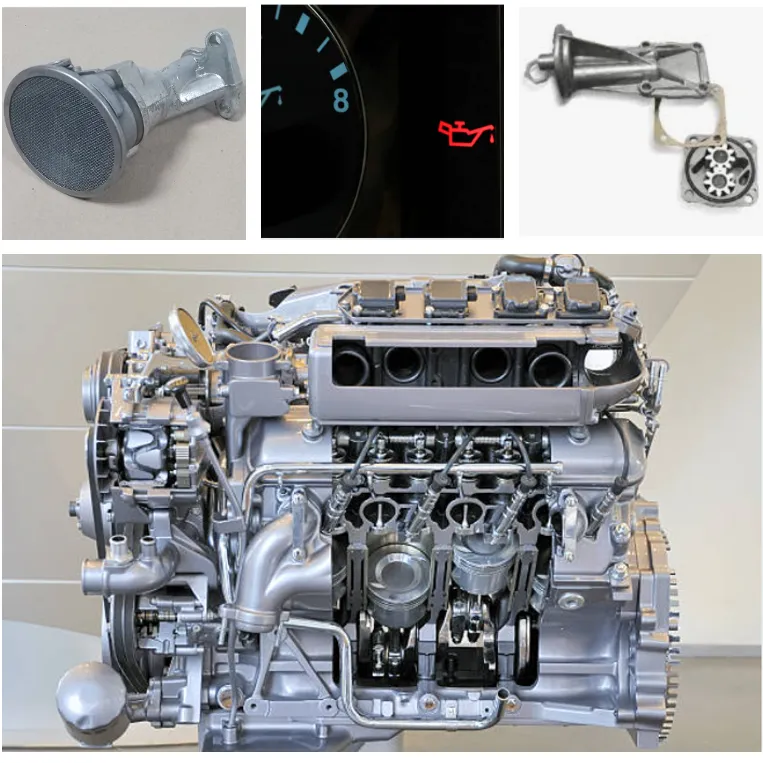
The car's oil pump is an important component located in the engine sump and is part of the engine's lubrication system, which supplies oil to various moving parts of the engine. The oil is pumped from the sump by the oil pump through the oil pickup to the oil filter. An initial sign of a malfunctioning oil pump is the appearance of additional noises during engine operation, which is due to insufficient lubrication of the engine's moving parts and, consequently, elevated engine temperatures.
The main indicator of a faulty oil pump is the lighting up of a warning light on the dashboard. The warning light may simply flicker, especially when turning; in this case, you should stop and first check the oil level. If the oil level is low, you should add more oil. If that doesn't help and you want to save money, you can try switching to a thicker viscosity oil, using restorative additives. If your oil pump is not significantly worn out, this will increase the oil pressure in the system. This is due to the design of the oil pump: the thicker the oil, the higher the pressure the oil pump can generate. If this doesn't help either, and the light continues to flicker or stay on, use our website to find the nearest auto service center with a reliable reputation and arrange for your vehicle to be transported there. Further driving is extremely dangerous to avoid serious engine failure consequences. The first thing the mechanic should do is diagnose the oil system.
If during the diagnosis the mechanic concludes that the reason for the low oil pressure in the engine's lubrication system is a faulty oil pump, it's important to determine whether it can be repaired or needs to be replaced. To do this, first, the oil pump is disassembled. Special equipment is used to test the oil pump's functionality (checking the working pressure the pump can produce), and then it's taken apart to measure the gaps between the gears (between the gears and the housing). If the reason for the low pressure is worn gears or a clogged filter screen, then cleaning or replacing the gears and the filter screen is performed. Take note that before removing the oil pump gears, it is essential to mark the relative positions of the driving and driven gears of the pump. This is necessary to ensure correct reassembly. If the oil pump has significant damage or wear, then it should be replaced.
When replacing or repairing the oil pump, we also recommend replacing the oil filter and the oil. The longevity of the oil pump is directly influenced by the quality of the engine oil you pour into the engine, and indirectly affected by excessive loads on the engine, as they can accelerate oil wear and negatively impact the operation of the oil system.


